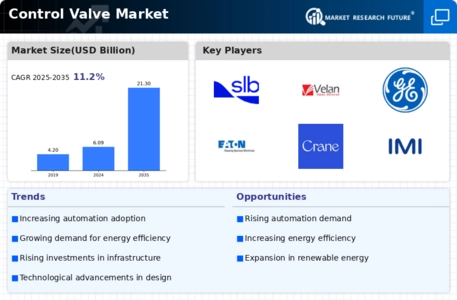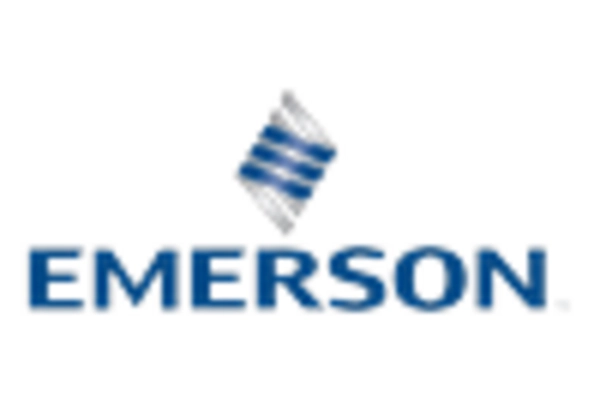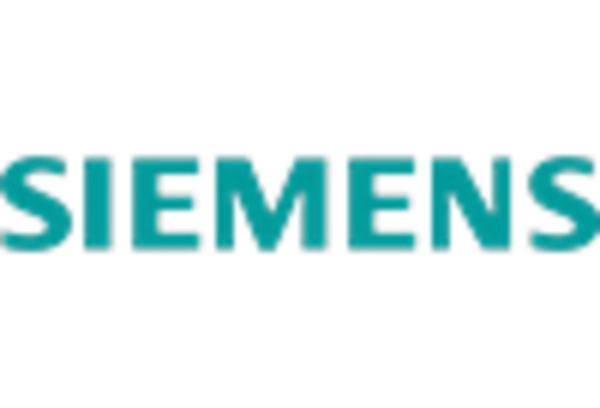Market Analysis
In-depth Analysis of Control Valve Market Industry Landscape
The global control valve market is set to reach US$ 15.50 BN by 2032, at a 11.20% CAGR between years 2023-2032. The market is a dynamic and viable sub sector of the general industrial environment, which helps in regulating flow of fluids between processes. Economic forces shaped by a variety of factors largely determine the dynamics of this market. Industrial development and modernization around the world is one of the key factors that influence control valve market growth. The demand for sophisticated control valves continues to grow as industries seek better efficiency and more reliable production processes. The oil and gas segment, chemical manufacturing industry, water treatment market as well the power generation sector plays a major role in driving this market. The control valve market is also significantly affected by advances in technology. The integration of smart technologies and IoT into control valves enables better process monitoring, control, and automation. This shift towards intelligent control valves does not only improve operational efficiency but is in line with the overall Industry 4.0 direction. With the increasing awareness of smart manufacturing techniques in industries, there will be a noticeable rise in demand for technologically advanced control valves. However, issues of environmental concern and strict regulations contribute significantly to the dynamics in this market. Industries seek to minimize emissions and maximize energy efficiency as a result of the demand for energy saving coupled with environmental preservation. In this regard, valves with special features such as accurate control and low power consumption are gaining popularity. Responding the needs, manufacturers in control valve market devise new products to counter environmental concerns and adhere with regulations. Global market forces for control valves are also influenced by global economic factors. It is the economic growth, industrialization and infrastructure development in emerging markets that boosts demand for control valves. As investing grows in these regions within the various industries, the market opportunities also increase. On the contrary, in times of economic contraction and uncertainties industries may refrain from additional capital expenditures or expansion projects which affect market potential for control valves. Mergers and acquisitions, technological collaborations as well as strategic partnerships create competitive dynamics within the market. Companies try to enhance their position in the market by purchasing businesses that complement them and increase their product range as well as technological capabilities. Such strategic actions help to foster the overall competitive nature and innovation within control valve market. Geographical elements are also responsible for the market dynamics of control valves. Demand for control valves fluctuates under regional differences in industrial activities, regulatory structures, and economic situations. For instance, regions which have an importance on process industries like the Middle East and Asia-Pacific show intense need for control valves because of their dominant presence in oil & gas sectors as well as chemicals and power generation.









Leave a Comment